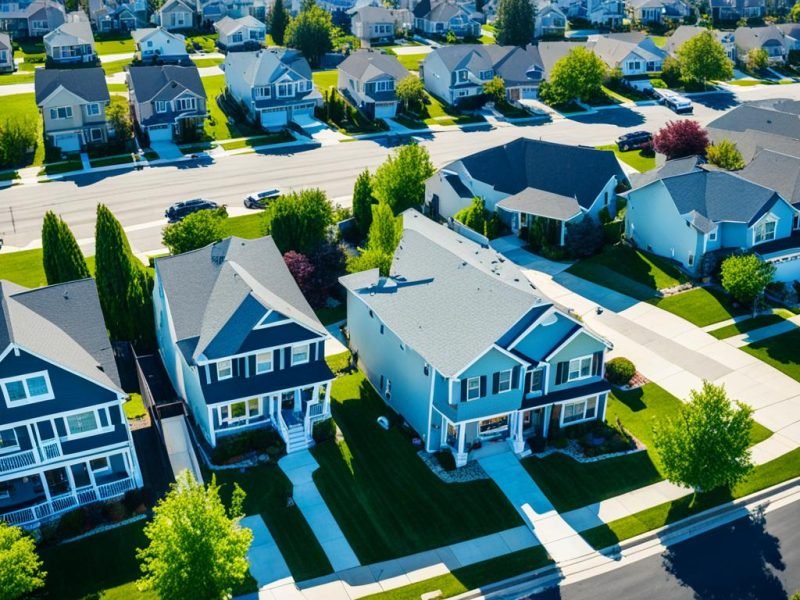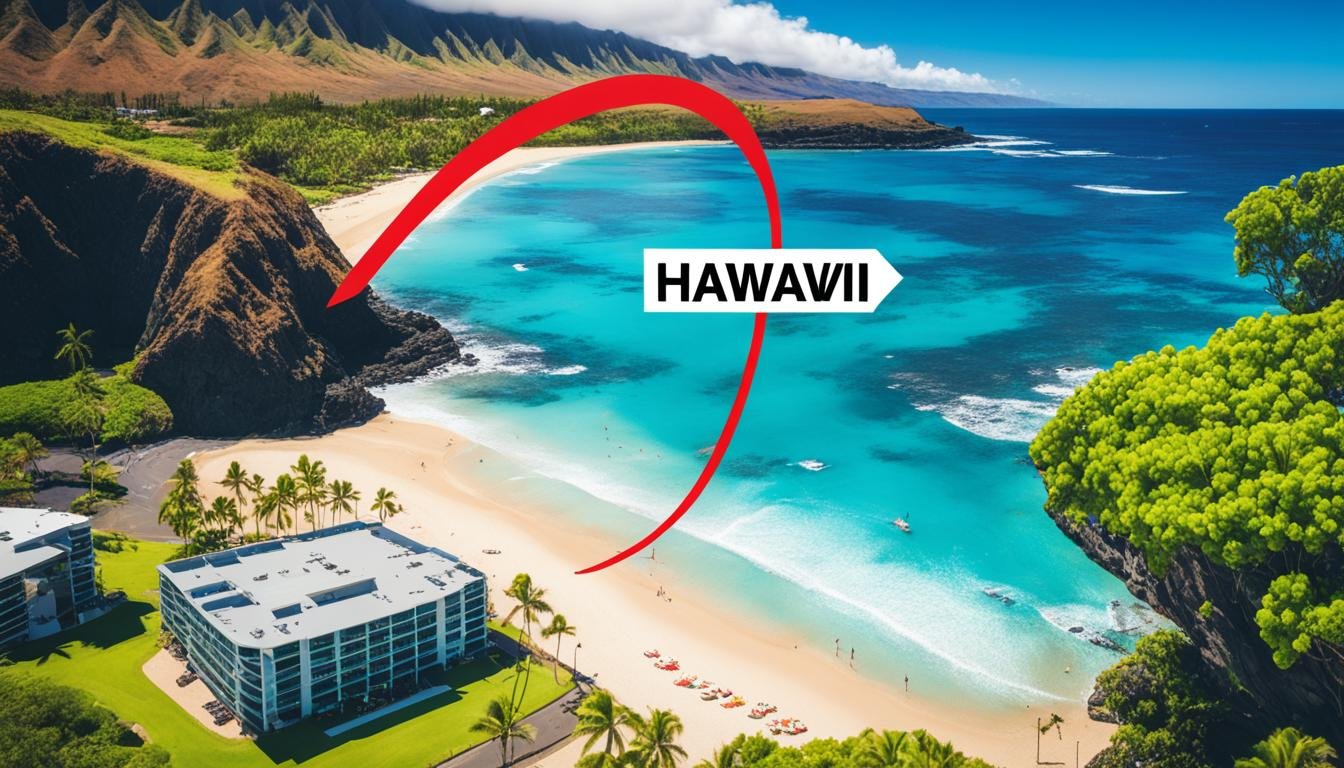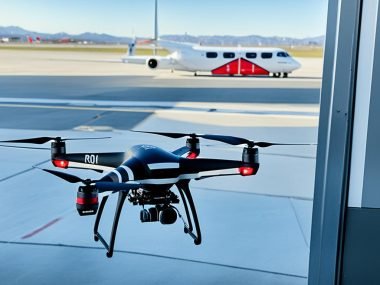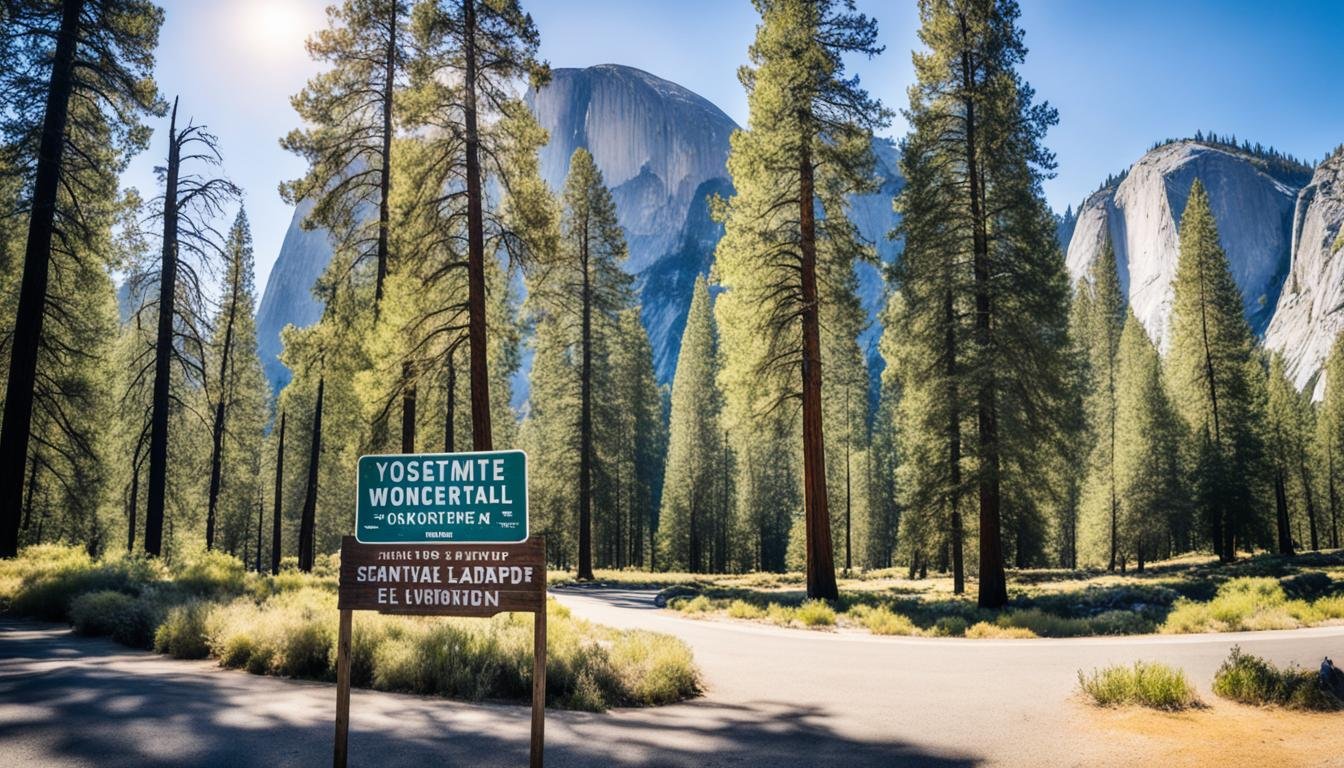Today, 20% of Americans worry about drones flying above them, invading their privacy. This concern sits at the heart of debates on drone laws and privacy. The advancement of drone tech brings both stunning views and privacy fears into our lives. It’s crucial to understand drone laws now more than ever.
Drones’ growing presence makes me think about my own privacy. I wonder if I can look up without seeing a drone watching back. Drones can disrupt our peace, highlighting the need to clarify modern surveillance laws. We need to explore how drone laws affect us and our privacy at home.
Key Takeaways
- Homeowners are increasingly vexed by drones potentially infringing on their privacy and property rights.
- Understanding drone laws is key to maintaining residential privacy and legality in drone operations.
- FAA guidelines and local laws carve the airspace with varying degrees of freedom and restriction.
- Determining who rightfully controls the airspace above homes hinges on a mix of federal, state, and personal interests.
- Awareness and proactive measures can help protect one’s private space against unwanted surveillance and disturbances.
Introduction to Drone Flight Regulations and Residential Airspace
When I first heard a drone above my home, I was full of questions. Questions about airspace regulations and if a drone can legally fly over my backyard. Who checks these drone flight regulations? Understanding these rules seemed complicated, but I learned a lot by looking into them.
I found out that drone use near homes is mostly controlled by federal laws. But, states and local areas have their own rules too. These might add to or limit the federal laws. This system tries to balance the good things drones can do — like taking photos from above or inspecting buildings — with people’s privacy and safety.
- Aerial Surveillance: The government usually lets drones collect some data from the air. But, issues arise when a drone looks into someone’s yard. It’s about knowing what’s okay and the purpose of the footage.
- Drone Flight Regulations: Drone pilots, whether flying for fun or work, must follow FAA rules. These rules say how high and where drones can fly. Flying over private property can bring up legal issues.
- Airspace Regulations: Looking into the rules, it turns out that “airspace” over a house isn’t straightforward. The FAA oversees a lot of it. Yet, homeowners have rights too, especially when drones fly lower.
Airspace regulations help balance new tech with our rights. Thanks to these rules, I know how to deal with drones flying over my house. Knowing the drone flight regulations helps me respond to unwanted drones correctly.
My goal is to make drone rules clear so people and drone pilots can live together without issues. It’s important that everyone knows these rules. This knowledge lets us use drones without harming our privacy.
Understanding Drone Laws in the United States
Understanding drone laws in the U.S. can be tough, especially when it comes to recreational versus commercial use. The Federal Aviation Administration (FAA) sets the rules for both. It’s important to know how FAA regulations are changing. These changes affect how drones fly together in the sky.
Federal Aviation Administration (FAA) Guidelines for Drones
The FAA has strict rules for the sky. Commercial drone operators must follow these rules. They need to register their drones and pass a test. They also need a Remote Pilot Certificate. Plus, flying a drone for business means getting permission to fly over private property. This rule helps protect people’s privacy from drones flying overhead without approval.
Differences Between Commercial and Recreational Drone Use
Recreational drone flying has more relaxed rules. The FAA asks that hobby pilots fly for fun. They should keep their drones in sight and under 400 feet. While commercial pilots have more rules, hobbyists also need to be careful. They should know about local drone laws that might restrict their flying.
Figuring out where drones can fly can be tricky. But with the right knowledge and care, both business and hobby drone pilots can fly safely. This ensures they follow the law in the U.S.
Navigating Local and State Drone Restrictions
As someone involved with aerial tech, I know it’s crucial to know about state drone laws. It matters where you can fly and the fly zone limitations you must adhere to. Whether for fun or work, knowing the legal bits is key. In places like California, Michigan, and Texas, the rules vary, highlighting different concerns about drones.
Here’s a summary table showing local and state drone restrictions for a clearer understanding:
| State | Privacy Invasion Concerns | Safety Regulations | Permission Requirements |
|---|---|---|---|
| California | High | Strict no-fly zones over private properties | Explicit consent needed for overflight |
| Michigan | Moderate | Regulations favoring both safety and privacy | Implied consent within public spaces |
| Texas | High | Special attention to wildlife preserves and critical infrastructure | Must have permission over private land |
Navigating state drone laws has taught me they guide and limit us. They balance privacy and safety in the skies. It’s a fine line, but following these rules shows responsible piloting. It respects technology’s potential and public privacy and safety.
Remember: It’s not just about flying; it’s about flying right within the stipulated fly zone limitations.
The balance between flying and following rules is vital, especially as drones become more popular. Being informed is a must for legal, ethical flying. Always check your state’s laws before flying. Staying informed on local drone regulations makes flying fun and keeps it hassle-free.
Examining the Airspace Above Your Home: Who Controls It?
Understanding who controls the space above our homes is tricky. It’s about finding a balance between homeowner’s rights and the public right to transit. With the rise of drones, knowing about drone laws and navigable airspace is crucial.
The Concept of Navigable Airspace
The FAA says navigable airspace is where it’s safe for aircraft to fly. This includes where commercial planes and drones fly. Drone pilots must know FAA rules to avoid breaking the law.
Air above a certain height doesn’t belong to homeowners. This allows commercial flights to move freely, keeping air travel efficient and safe.
Homeowner’s Rights vs. Public Right to Transit
Even though you can’t own the sky, you have rights to privacy and safety. Laws balance the use of drones and protect homeowners. These laws help ensure drones don’t harm our privacy or safety.
But, people must respect the public right to transit. It’s a fine line between personal and public rights. Both homeowners and drone users need to know these laws.
I always strive to respect airspace rules. As a drone user and homeowner, I protect my rights while respecting others.
Aerial Surveillance and Privacy Concerns
Drones are everywhere, making us wonder where technology stops and privacy concerns start. Homeowners worry about unlawful surveillance and drone spying with drone use. Drones that linger too long or too close to homes can invade our personal space, making us uneasy.
Potential for Unwanted Observation
Drones spying on us without permission is alarming. It feels like harassment and intrudes on our private lives. How do we keep our privacy safe from drones above?
Legal Implications of Drone Spying
Using a drone to spy can lead to big legal issues. If your privacy is invaded, local laws might help you fight back. Drones flying low over your backyard look suspicious and could lead to court. Knowing your legal rights helps protect your privacy from drones.
Below is a table showing what’s okay and not okay with drone use. It helps explain the difference between legal drone flights and privacy invasions.
| Activity | Acceptable Drone Operation | Potential Privacy Violation |
|---|---|---|
| Altitude of Flight | Flights above the minimum legal altitude limit | Repeated, low-altitude flyovers invading personal airspace |
| Data Collection | Photography in public spaces without identifying private subjects | Gathering of visual or audio data from private properties without consent |
| Time & Frequency | Infrequent flights during appropriate hours | Frequent hovering at odd hours, indicating a pattern of spying |
| Drone Visibility | Clear drone markings and pilot identification | Anonymously operated drones lacking transparent identification |
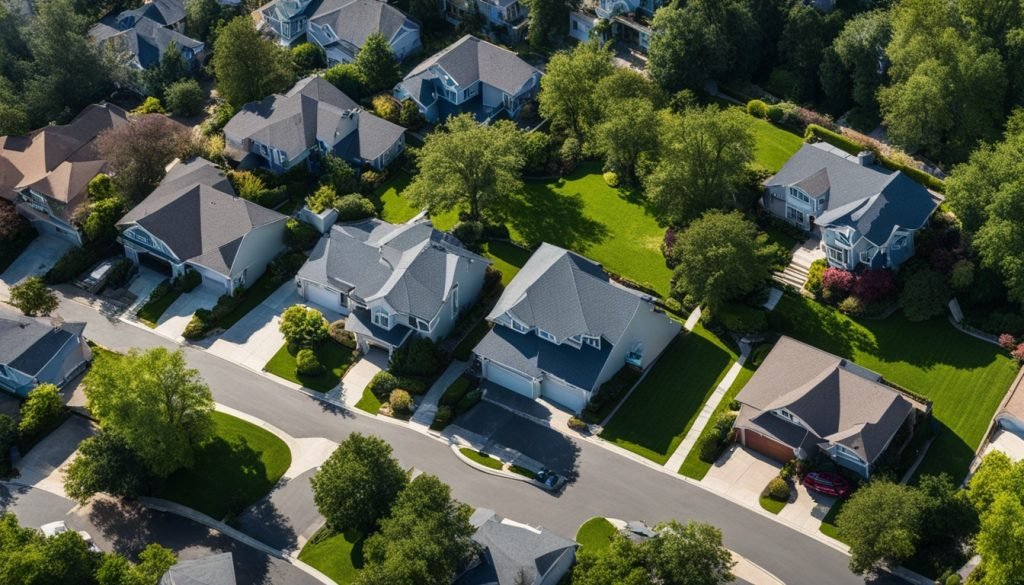
Can Drone Fly Over My House? Analyzing Airspace Regulations
Have you ever wondered about air space regulations now that drones are everywhere? The balance of enjoying privacy while welcoming new tech hinges on knowing FAA rules and legal implications. I’ll highlight what’s allowed regarding drone use around your home for clarity.
FAA rules require drones to stay within the operator’s sight. If they fly above 400 feet, they enter airspace used by large planes. This could lead to legal issues.
Below is a table showing when drones can or can’t fly over your house:
| Scenario | Operation Permitted under FAA Rules | Consideration for Homeowner’s Privacy |
|---|---|---|
| Daylight operations | Yes, within altitude and speed limits | Must avoid voyeurism and breaches of privacy |
| Within 5 miles of an airport | Possible with prior notification to the airport and air traffic control | N/A |
| Drone flying for commercial purposes | Yes, with proper certification and adherence to privacy laws | Consent might be required, depending on state regulations |
| Drone hobbyist near residential property | Generally allowed without direct overflight | Operator should respect personal space and privacy |
The FAA rules promote safety and private space respect. It’s good to know there are actions I can take against unwanted drones. This helps protect my own space.
Keeping up with Unmanned Aircraft Systems and airspace regulations helps me live in peace with drone tech. It’s important we protect our privacy and rights as drones fill the sky.
What To Do If a Drone Flies Over Your Property Without Permission
It can feel weird when unwanted drones fly over your home. If you need to handle reporting unauthorized drone flying, do it wisely. Avoid making things worse. If you see a drone operator violating your privacy, here’s how to keep things safe and within the law.
Step 1: Document the Incident. Snap photos of the drone using your phone or camera. Try to capture any unique marks that might show who’s flying it. Note where it flies, when, and how long it stays.
Step 2: Seek Direct Communication. If you find the person flying the drone, talk to them nicely. Often, they don’t realize they’re bothering you, and a chat can quickly fix the problem.
Step 3: Contact Authorities. To handle an reporting unauthorized drone situation, call the local cops. They’re equipped to look into it and deal with the person responsible.
Remember: Never try to knock the drone down yourself. You could get hurt or end up in trouble for breaking someone’s drone.
- Documenting the situation thoroughly for evidence
- Approaching the issue through direct communication when possible
- Contacting local law enforcement for professional intervention
Knowing the right steps for reporting unauthorized drone events helps protect your space. This way, your privacy stays safe without crossing legal lines. It’s about handling it properly and making sure your voice is heard right.
Legal Remedies and Reporting Unauthorized Drone Activity
Seeing a drone fly over your property without permission can be scary. It might make you feel unsafe or like someone is watching you. Luckily, you have rights and ways to report these incidents to keep your peace of mind.
When and How to Contact Authorities
You should call the police if a drone is bothering you or looks dangerous. If you see a drone flying at night, too high, or in a way that could hurt people, you should tell the local cops or the Federal Aviation Administration (FAA). It’s important to know the best times and ways to contact authorities about this.
- Local police are the first to call for immediate dangers.
- If the drone is spying, tell the FAA’s local office.
- For other worries, report to the FAA’s drone system.
Be sure to tell the authorities what the drone looks like and what it’s doing. Include the time and place too. This helps them solve the problem fast and well.
Understanding Your Right to Report Unwanted Drone Presence
Drones flying without permission is becoming common. But you have rights to keep your space private. If a drone comes into your area without your okay, you can and should report it. Knowing your rights helps you stand up against unauthorized drone activity invading your privacy:
- Capture the drone on video or in photos.
- Watch for drones that come back, which might show a pattern.
- Write down everything about each drone sighting to give a full report.
| Incident | Response Action | Authority Contacted |
|---|---|---|
| Safety Risk | Immediate call to Law Enforcement | Local Police Department |
| Privacy Invasion | Report with Evidence | FAA Flight Standards District Office |
| Recurring Flights | Submit Detailed Log | FAA Drone Reporting System |
Knowing how to report unauthorized drone activity protects your rights. It also promotes responsible drone use. By reporting drone activity and spreading awareness, we can reduce its negative effects. This helps keep everyone safe and maintain peace.
Proactive Measures to Prevent Drone Overflight on Your Property
I’ve discovered, as a homeowner keen on protecting my privacy, that a few proactive measures can greatly lower the risk of unwanted drones. Let me tell you about some effective ways to keep drones away from your space.
Establishing Clear Boundaries With Signage
Putting up signs is an easy way to deter drones. When you put up a ‘No Drone Zone’ sign, you’re telling drone pilots to stay away. This not only guards your space but also teaches others about privacy.
Utilizing Technology for Drone Detection and Deterrence
Now, we have drone detection technology that helps spot drones early. Looking into drone deterrence methods can also keep them from entering your space, without breaking any laws.
I’ve put together a comparison of different tech options for homeowners to protect their skies.
| Drone Detection Technologies | Key Features | Use Case |
|---|---|---|
| RF Scanners | Detects drones via radio frequency emission | Ideal for early detection of incoming drones |
| Acoustic Sensors | Identifies drone presence by sound signatures | Useful in environments with visual impediments |
| Geo-fencing | Creates a virtual perimeter that drones cannot enter | Effective in preventing drone overflight in sensitive areas |
For those looking for passive protection, it’s good to know the law about drone deterrence methods. Make sure any technology you use is legal and doesn’t harm drone pilots’ rights.
It’s important to respect everyone’s rights while keeping your space private. Setting up clear rules and using new tech helps us live peacefully with drones.
Conclusion
Exploring drone fly zone limitations shows the need to keep up with airspace control laws. This is crucial for drone lovers and homeowners alike. Knowing about federal, state, and local rules helps protect privacy and safety. It lets everyone enjoy drones without issues.
I believe in promoting respect and following drone usage etiquette. This approach helps drones and people live together in harmony. Being informed reduces the chances of unwanted drones flying over.
For drone users and homeowners, knowing your rights is empowering. This knowledge helps you deal with airspace issues confidently. It’s not just about handling unauthorized flights but also about working with others to keep the skies friendly.
To be sure and respectful about drone laws, stay informed about new rules. My research shows how important it is for everyone to consider each other’s space. With knowledge, awareness, and the right actions, we can make our skies amazing. This way, we respect everyone’s privacy too.

